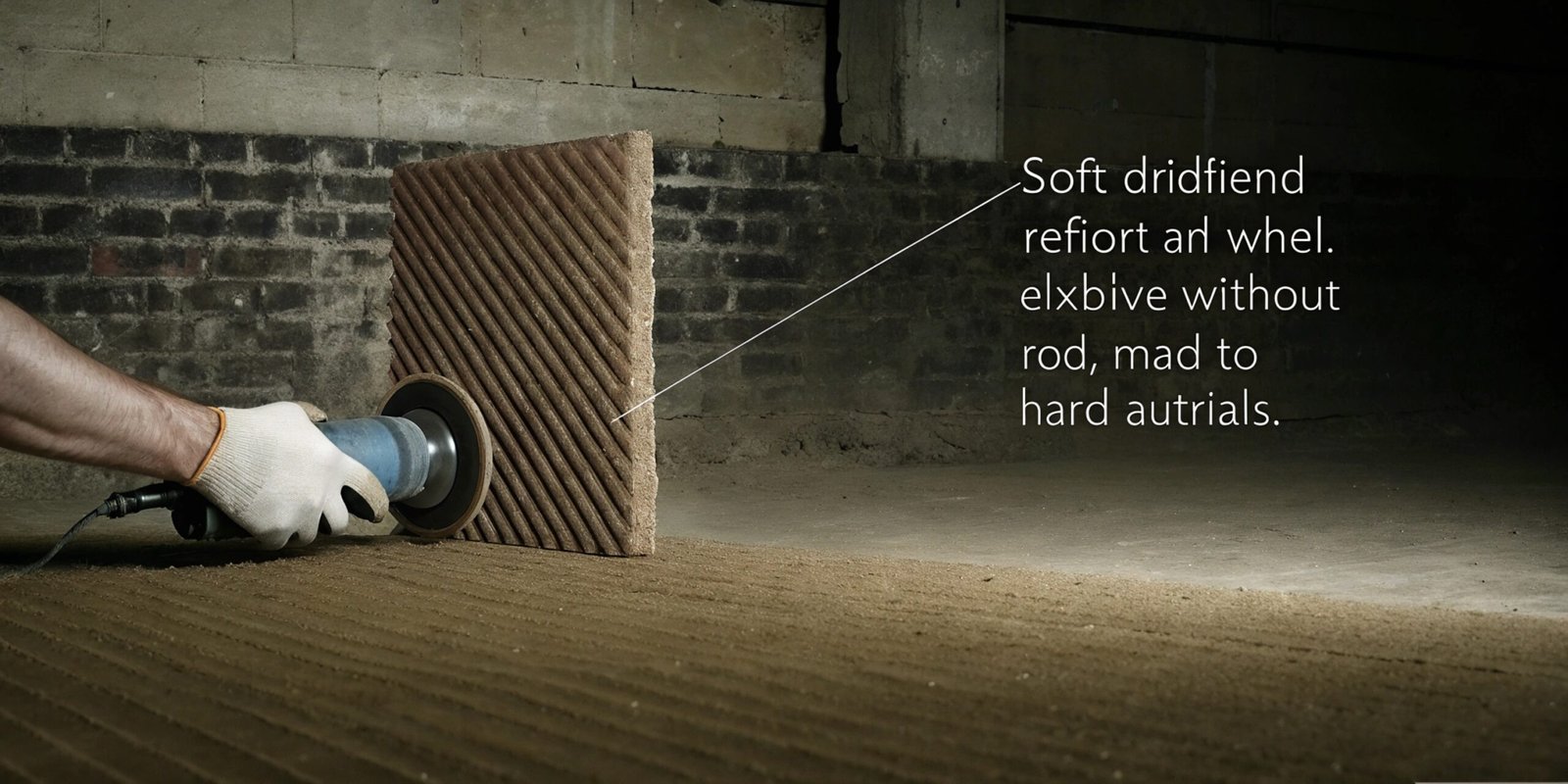
Grinding hard materials can make your wheels dull and useless very fast. This means more downtime and inconsistent work. But the answer might be using a softer wheel.
A soft grinding wheel is perfect for hard materials because its bond easily lets go of dull abrasive grains. This action exposes new, sharp grains, a process called self-sharpening. It keeps the wheel cutting well and stops it from glazing over when grinding very hard surfaces.
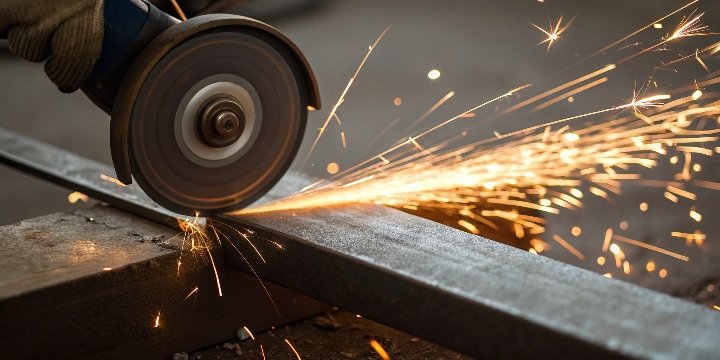
This idea might seem strange at first. You would think a hard wheel is needed for a hard material. In my nearly 30 years in the abrasive tool business here in Henan, this is one of the biggest mistakes I see. Let’s break down why this rule is so important for getting good results. It’s a basic concept that can save you a lot of time and money once you know it.
Are soft wheels more suitable for hard materials?
Are you confused about matching wheel hardness to your material? A bad choice can ruin your workpiece and your wheel. This is a common and expensive problem.
Yes, soft wheels are a better choice for hard materials. The soft bond allows dull abrasive grains to break away, which shows the sharp new ones underneath. This self-sharpening is key for cutting well and stopping heat buildup on hard surfaces.
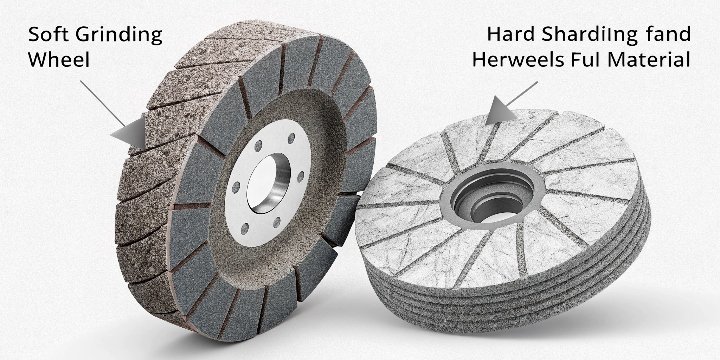
Let’s dive deeper into this. The main reason a soft wheel works better on hard material is because of something we call "self-sharpening1." When you grind a very hard material, the sharp points on your abrasive grains get dull quickly. On a soft wheel, the bond holding these grains is not very strong. So, the grinding force is enough to break the dull grains away. This exposes fresh, sharp grains right behind them. The wheel stays sharp and keeps cutting. If you use a hard wheel on a hard material, the bond is too strong. It holds onto the dull grains. The wheel stops cutting and starts rubbing, which creates a lot of heat and glazes the wheel’s surface. At our factory, we often help new customers who have this problem. They use hard wheels on tungsten carbide2 and get bad results. We switch them to a softer wheel, and the improvement is huge.
Performance Comparison
| Wheel / Material Combo | Result | Why? |
|---|---|---|
| Soft Wheel / Hard Material | Efficient Grinding | Good self-sharpening |
| Hard Wheel / Hard Material | Glazing / Burning | Grains get dull and don’t fall off |
| Hard Wheel / Soft Material | Good Grinding | Material wears away before grains do |
Which grinding wheel is used for hard materials?
Choosing the right wheel for hard materials can feel like a guess. The wrong choice leads to bad finishes and wasted time. This uncertainty is frustrating for any professional.
For hard materials like hardened steel, ceramics, or carbide, you need a soft-grade grinding wheel. You must also think about the abrasive. Superabrasives like diamond or cubic boron nitride (CBN) are often needed for the hardest materials, used with a suitable soft bond.
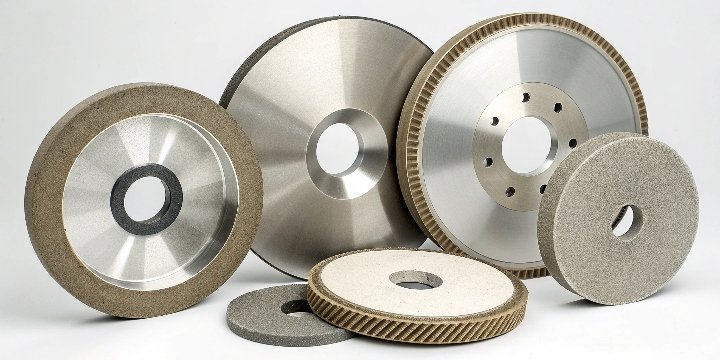
It is not just about a soft wheel. The type of abrasive grain is just as important. For the toughest jobs, standard abrasives like aluminum oxide3 are not enough. This is where superabrasives4 come in. As manufacturers in Henan, the heart of China’s diamond industry, we have a lot of experience here. For ferrous materials like hardened tool steel, CBN is the best choice. For non-ferrous materials and composites like tungsten carbide, ceramics, or glass, diamond is the answer. The key to success is pairing the right superabrasive with the right bond. You need a soft bond so that these very expensive and hard grains can work properly. The bond needs to wear away just enough to expose new diamond or CBN points as the old ones get worn down.
Abrasive & Bond Recommendations
| Material Type | Recommended Abrasive | Recommended Bond Hardness |
|---|---|---|
| Hardened Tool Steel | CBN (Cubic Boron Nitride) | Soft |
| Tungsten Carbide | Diamond | Soft |
| Ceramics | Diamond | Soft |
| High-Carbon Steel | Aluminum Oxide | Soft to Medium |
What is the difference between hard and soft grinding wheels?
You see "hard" and "soft" on wheel information, but what does it really mean? This confusion can make you buy the wrong product. You end up wasting your budget on tools that don’t work.
The difference is the strength of the "bond" that holds the abrasive grains in the wheel. A hard wheel has a strong bond that holds grains tightly. A soft wheel has a weaker bond, so it releases grains easily when they become dull.
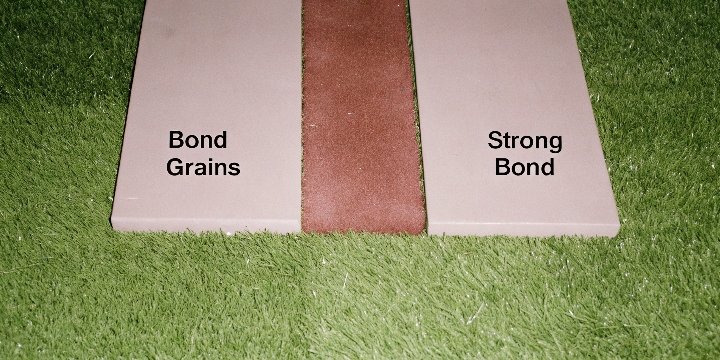
Think of the bond like glue holding sand particles together. A hard wheel uses a kind of super glue. It holds on tight and does not let go easily. A soft wheel uses a weaker glue. The particles come off more easily when you apply pressure. In our industry, we call this the wheel’s "grade." Grades range from A (very soft) to Z (very hard). The real skill in making grinding wheels, which we have perfected over nearly 30 years, is creating the perfect bond formula. The bond material5 itself can be vitrified (glass-like), resin, or metal. Each bond type has different properties. But within each type, we can control the hardness to match the exact application the customer needs. A hard wheel is great for soft materials because the material wears away easily, and the grains stay sharp longer. A soft wheel is for hard materials6, where the grains dull fast and need to be replaced.
Wheel Hardness Characteristics
| Feature | Hard Grinding Wheel | Soft Grinding Wheel |
|---|---|---|
| Bond Strength | High | Low |
| Grain Retention | Holds grains for a long time | Releases dull grains easily |
| Self-Sharpening | Poor | Excellent |
| Best For | Soft materials | Hard, brittle materials |
| Main Risk | Glazing or burning on hard materials | High wear rate on soft materials |
What is a soft grinding wheel used for?
You have a soft grinding wheel, but are you using it for the right jobs? Using it wrongly causes fast wear and bad results. This can make you doubt your tool’s quality.
A soft grinding wheel is mainly for grinding hard and brittle materials. This includes hardened steels, carbide, and ceramics. It is also great for precision grinding jobs where a cool cut and fine finish are needed, or for jobs with a large contact area.
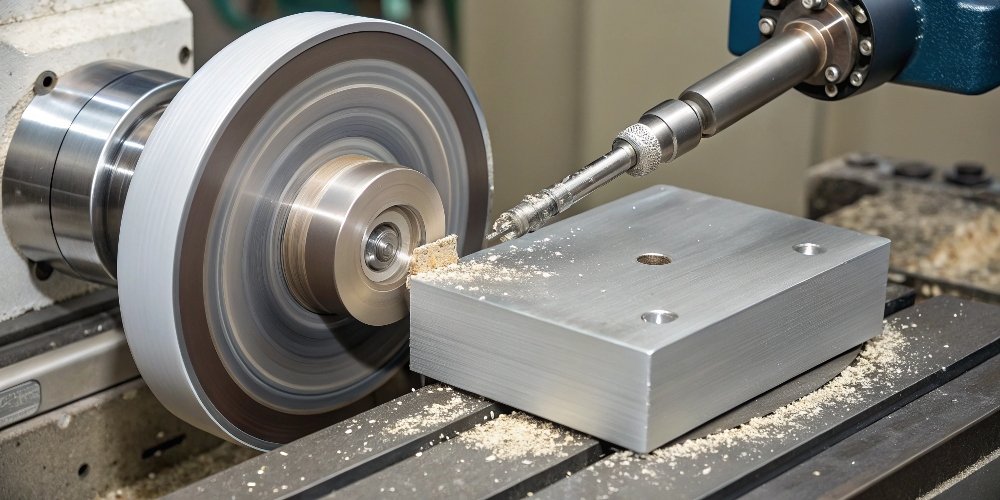
The applications for soft wheels are very specific and important. They are critical in high-precision industries where tolerances are tight and the final product must be perfect. As an OEM supplier, we make many soft wheels for these exact tasks. A cool cut7 is very important because too much heat can change the structure of the metal, making it weaker. This is called thermal damage8. Soft wheels, with their self-sharpening action, cut with less pressure and create less heat. They are also needed when the contact area between the wheel and the workpiece is large. A larger contact area means more grains are working at once. This puts more force on the wheel, causing it to act harder than its grade. To balance this, you must choose a softer wheel to ensure it still self-sharpens properly.
Key Applications for Soft Wheels
- Precision Surface Grinding: Used on hardened tool steel for molds and dies.
- Cylindrical Grinding: For finishing hardened shafts, bearings, and rollers.
- Tool and Cutter Grinding: Sharpening cutting tools made from carbide or high-speed steel.
- Grinding Heat-Sensitive Materials: For special alloys where preventing any thermal damage is the top priority.
- Large Contact Area Grinding: In situations like vertical spindle grinding where the entire face of the wheel touches the work.
Conclusion
In short, soft wheels are for hard materials because they self-sharpen, giving a cool and clean cut. Matching the wheel’s hardness to your material is the key to success.
-
Learn about the self-sharpening process and its importance in maintaining cutting efficiency. ↩
-
Explore the properties of tungsten carbide and the best practices for grinding it effectively. ↩
-
Discover the properties of aluminum oxide and its applications in various grinding tasks. ↩
-
Learn about superabrasives like diamond and CBN, and their applications in grinding hard materials. ↩
-
Learn about various bond materials used in grinding wheels and their specific applications. ↩
-
Understand the characteristics of hard materials and why they require specific grinding techniques. ↩
-
Learn about the benefits of achieving a cool cut during grinding to prevent thermal damage. ↩
-
Understand thermal damage in grinding processes and strategies to mitigate its effects. ↩
Written by
leeon
You may also be interested in:
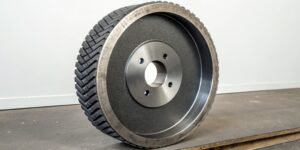
What's the application of CBN Wheels?
Struggling with grinding hard steels? Frequent wheel changes and poor finishes can hurt your bottom line. We have found that CBN wheels provide the durability
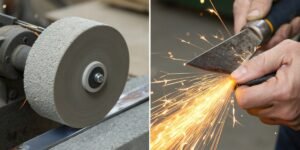
What is the difference between grinding and honing a blade?
A dull blade is a frustrating problem. It slows down production and ruins your workpiece. Using the wrong technique to fix it can cause permanent
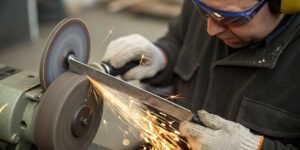
How to sharpen a knife on a bench grinder?
Is your dull knife slowing you down? A bench grinder seems like a quick fix, but you’re worried about ruining the blade. You need a
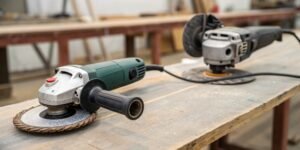
Can you use an angle grinder as a sander?
Your sanding project is tough, and your regular sander is not powerful enough. You look at your angle grinder. It has the power, but is
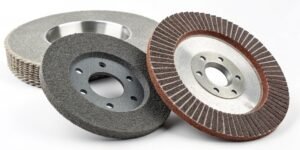
How to judge the quality of a grinding wheel?
Choosing the wrong wheel wastes money and ruins parts. Poor quality leads to downtime and rejection. A few key checks can guarantee you pick the

What is low stress grinding?
Struggling with parts failing due to hidden stress from grinding? This common issue causes cracks and reduces component life, costing you money. Low stress grinding
